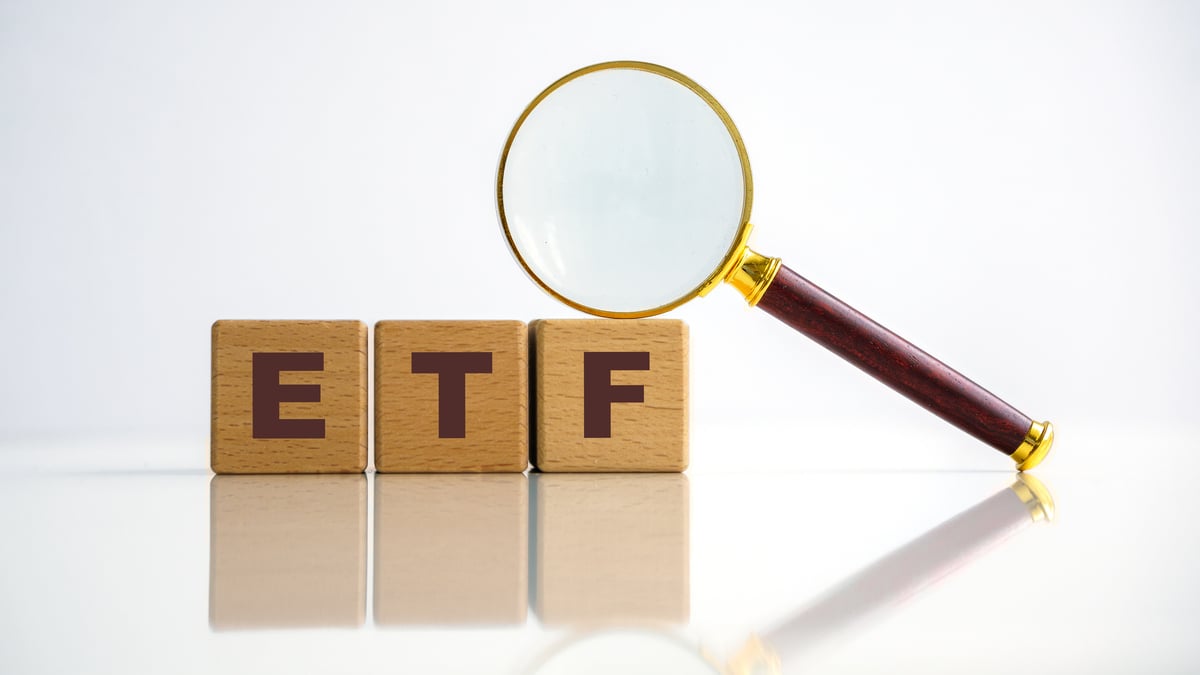The market is rallying around strong consumer signals, and the S&P 500 continues to hit new highs.
If you've been sitting on the sidelines and wondering if you've missed the boat, don't worry. While in general, it's better to start investing at low prices, the best time to get started is whenever you can. As long as you invest consistently and over a long period, you'll be able to ride out the difficulties and come out on top. The easiest way to begin is with an exchange-traded fund (ETF) that fits your investing style.

Image source: Getty Images.
Ready-made diversification
There are many ETFs on the market. Some use a passive-indexing investing method, and others have managers who curate portfolios. Vanguard has many popular index funds, while Cathie Wood is a well-known investing manager with actively managed ETFs.
If you're looking to start investing today, the easiest way to do that is to buy "the market" itself. The Vanguard S&P 500 ETF (VOO 0.28%) is the largest ETF, with $1.4 trillion in assets. It's an excellent way to get instant access to the best stocks on the market. It tracks the S&P 500, which is an index that includes 500 of the biggest U.S. stocks on the market. That naturally lends itself to high-growth stocks, since higher-growth stocks tend to get bigger over time. If stocks fall below the index's minimum market capitalization of $22.7 billion, they are removed and replaced with new components. That takes out the laggards and ensures that the index remains growth-oriented.
Different styles, different ETFs
However, there are different kinds of ETFs to suit individual needs. Vanguard itself has nearly 100 options, from high-growth to super safe. They all track indexes, though, and have a large assortment of stocks, minimizing some of the risk, even for growth-oriented ETFs.
For example, if you're young and you have a long time horizon, you can get started with the Information Technology ETF (VGT +0.16%). It has Vanguard's highest risk assignment, but it has delivered the highest annualized gains of any Vanguard ETF over the past 10 years, at 23.5%.
It has more than 300 components, so even though these are higher-risk stocks, diversification reduces the overall risk profile of the ETF.
If you're "too late" because you're already older, and you can't afford to invest in a high-risk ETF and wait out any tumbles, you're best off investing in a lower-risk, dividend-focused ETF like the Dividend Appreciation ETF (VIG 0.67%).
The most important thing is to get started; the market has historically always climbed higher, and it's never too late to benefit from future gains.






